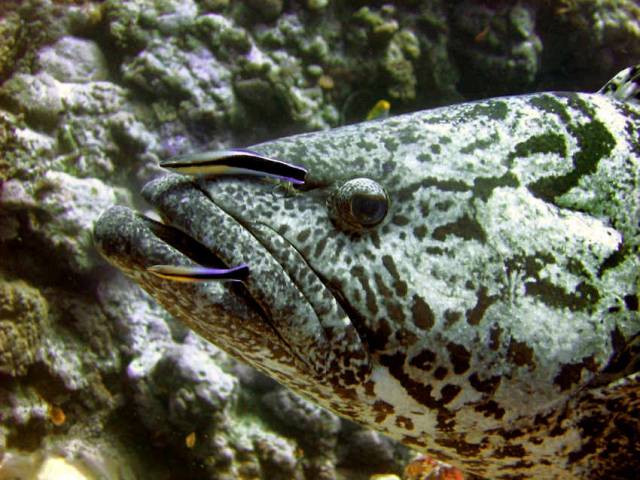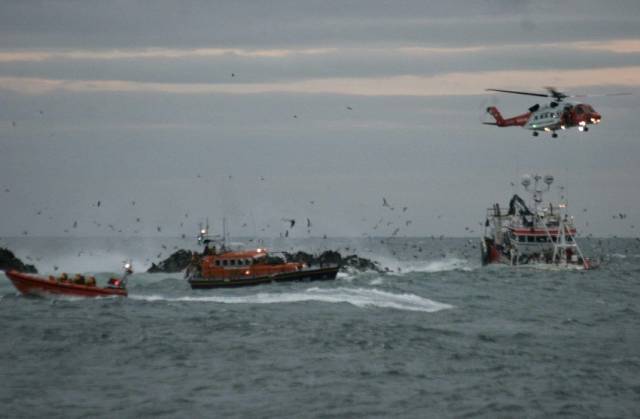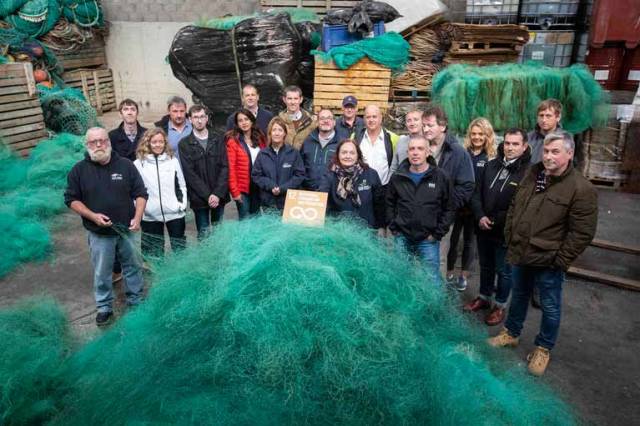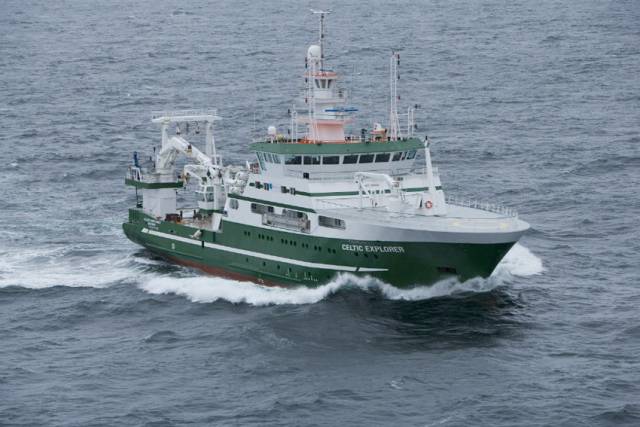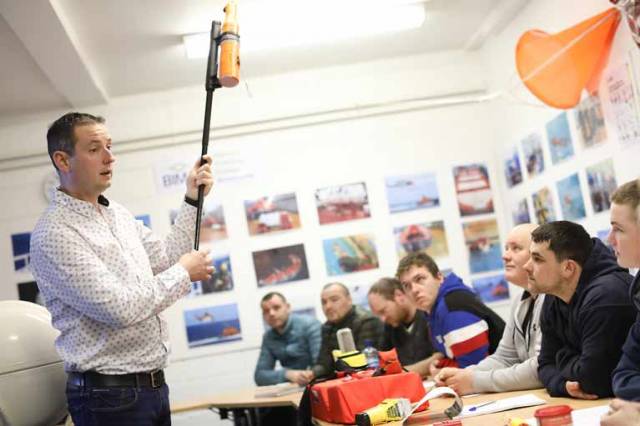
Deckhand Training Programme Aims to Tackle Skills Shortage in Fishing Industry
27th November 2019 Fishing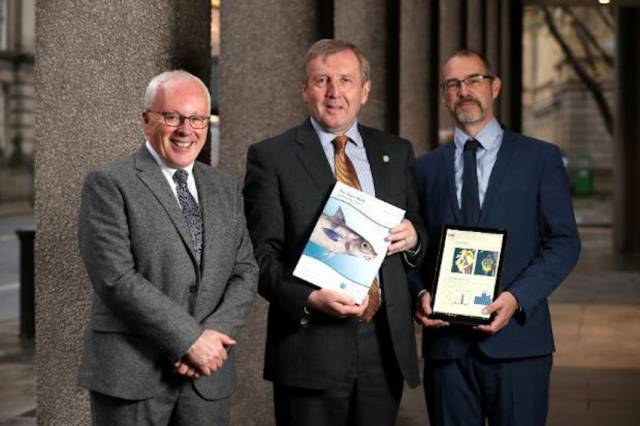
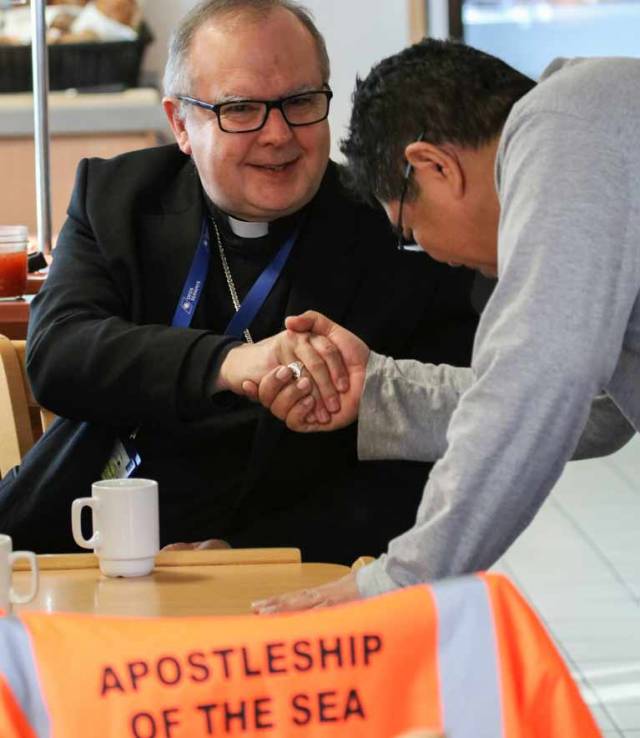
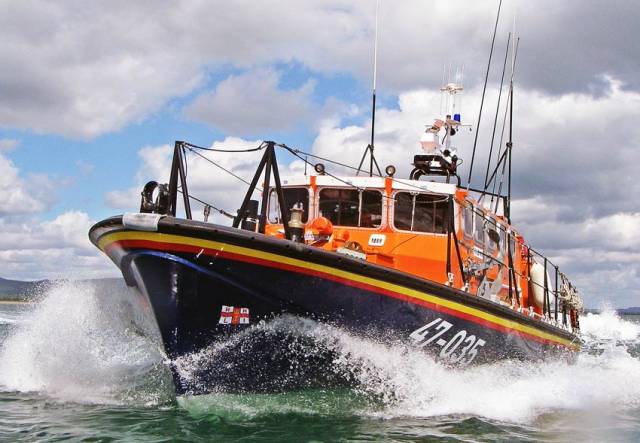
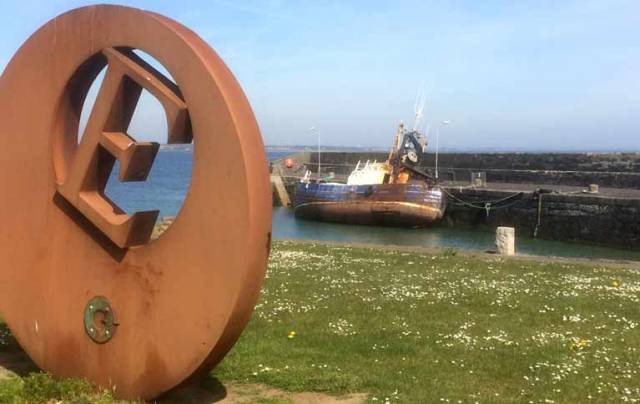
Council Pays Cost of Scrapping Abandoned Fishing Trawler at Ballyhalbert
15th November 2019 Northern Ireland Waters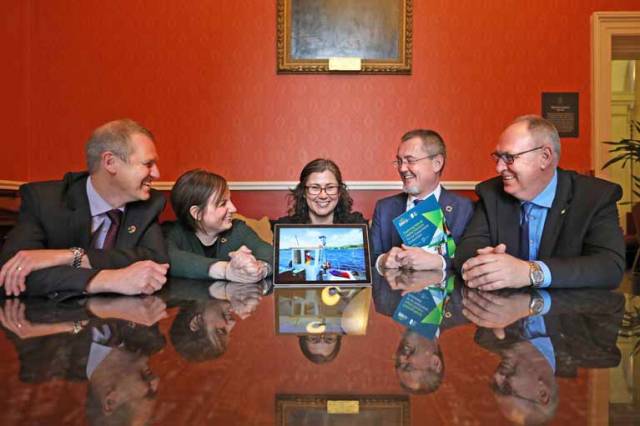
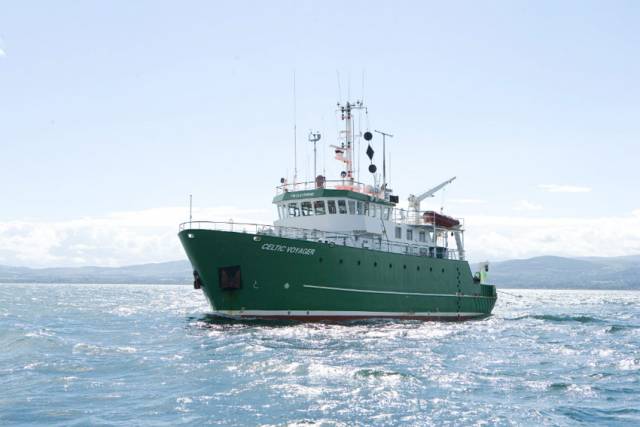
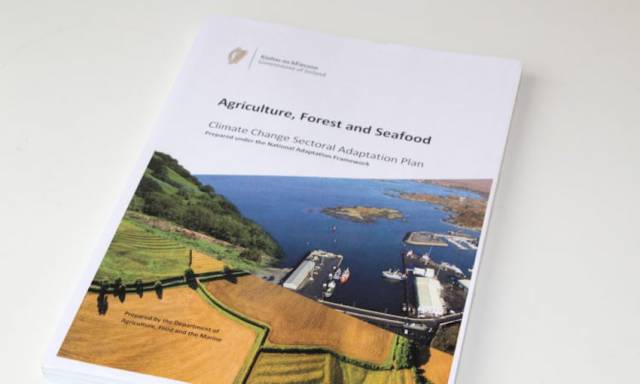
Government Approves Agriculture, Forest & Seafood Climate Change Sectoral Adaptation Plan
1st November 2019 Fishing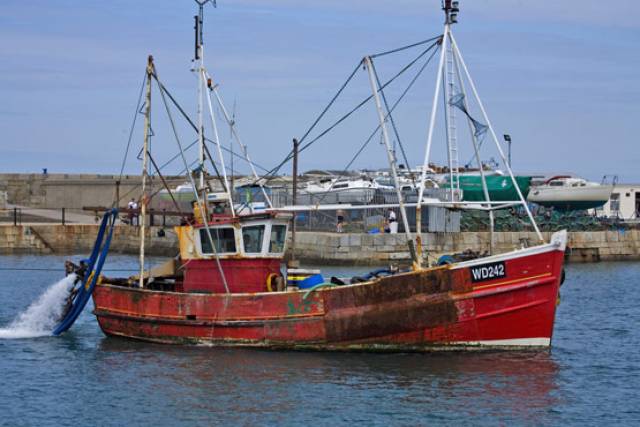
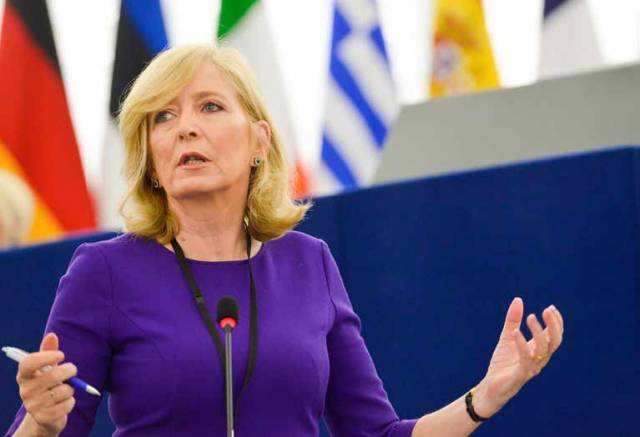
EU Ombudsman Emily O'Reilly Calls on EU Fisheries Council to be More Transparent with Quota Documentation
30th October 2019 Fishing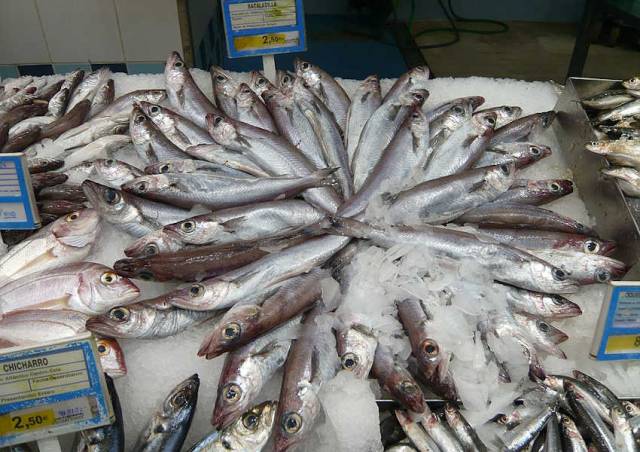
Marine Minister Welcomes Agreement That Brings ‘Stability’ For Ireland’s Blue Whiting Fishers
29th October 2019 Fishing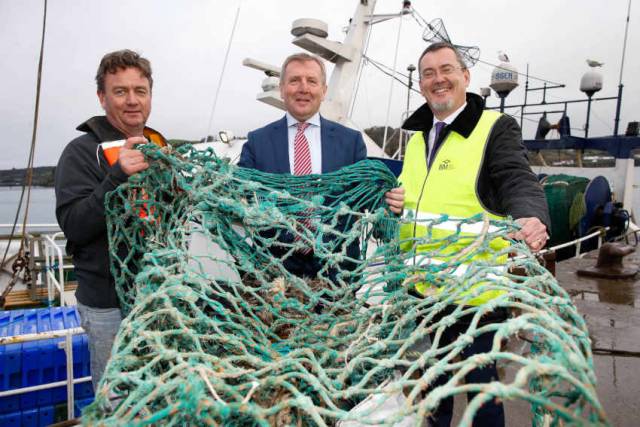
Marine Minister Thanks Trawler Owners For Playing Their Part In Ireland’s Clean Oceans Initiative
28th October 2019 Fishing